-
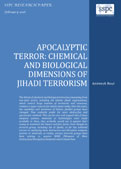
The threat of chemical and biological terrorism emanating from non-state actors, including the Islamic Jihadi organisations, which control large swathes of territories and resources, remains a major concern for nation states today. Over the years, the capability and intentions of Islamic jihadist groups have changed. They evidently prefer for more destructive and spectacular methods. This can be very well argued that if these weapons systems, materials or technologies were made available to them, they probably would use it against their enemy to maximize the impact and fear factor.
-
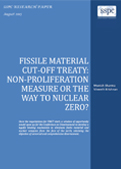
Once the negotiations for FMCT start, a window of opportunity would open up for the Conference on Disarmament to develop a legally binding mechanism to eliminate fissile material and nuclear weapons from the face of the earth, attaining the objective of universal and comprehensive disarmament.
-
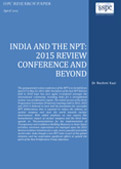
The quinquennial review conference of the NPT is to be held from April 27 to May 22, 2015. After the failure of the last NPT RevCon held in 2010 hope has once again re-surfaced amongst the international community, including India for a strengthened nuclear non-proliferation regime. The initial success of the three Preparatory Committee (PrepCom) meetings held in 2012, 2013 and 2014 is believed to have laid the foundation for successful NPT deliberations that is expected to reduce the salience on nuclear weapons and steer the world towards nuclear disarmament.
-
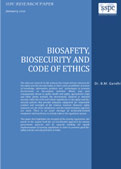
The dual use research in life sciences has raised serious concerns for bio-safety and bio-security today as there exists possibilities of misuse of knowledge, information, products and technologies to promote bio-terrorism or bio-warfare activities. Misuse may pose consequential threat to public health and safety, agricultural crops and other plants, animals, the environment, material or national security. India has strict and robust regulations on bio-safety and bio-security policies that provide adequate safeguards for responsible conduct and oversight of life sciences research. However, safety measures are far from satisfactory and the implementation agencies are weak. There is an acute shortage of technically-trained manpower and machinery to strictly enforce the regulatory system.
-
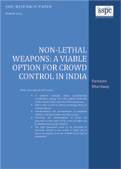
NLWs: Steps India Should Consider:
- A collective strategic vision, organizational coordination, synergy, and able political leadership will be vital for India’s futuristic NLWs deployment.
- R&D is vital in order to develop technology that is in national interest.
- Standardization and documentation of equipment validity is eminent to make sure they are safe.
- Recording and documentation of events are important so that nature of the event and effect can be analyzed and used for research.
- The legal framework needs to be developed to determine whether a new system is lawful and to ensure the legality of the use of NLWs at the time of deployment.
-
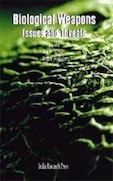
Within a gap of eight years, the plague has struck twice in India. The outbreaks caused panic and necessitated an urgent assessment of our public health apparatus vis-a-vis our vulnerability towards infectious diseases. Generally speaking, the resurgence of epidemics and their effects on society demonstrated at least three vital national security issues. They are human mobility (cross-border and intra- border movements), transparency, and tensions between states, (which includes the threat of biological warfare).
-
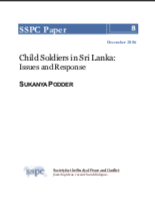
One of the alarming trends of recent warfare pertains to the widespread use of children as soldiers. In an oft-quoted estimate children today are said to be participating as active combatants in over seventy five percent of the world’s armed conflicts.
-
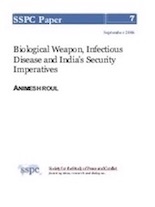
The deliberate germ attack unleashed against the most powerful country in the world, the United States in late 2001, made us believe that the threat of the 21st century would be human-induced disease outbreaks. Human-induced or not, the subsequent SARS (Severe Acute Respiratory Syndrome) and Bird flu outbreaks underscored that infectious disease holds the real threat to humanity in the coming years. The situation would arise due to many factors, such as environmental pollution, overpopulation and excessive human interference in the natural process of life.
-
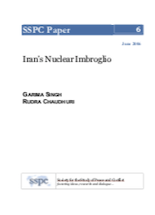
The imbroglio between Iran and the international community has every potential to spiral into another unnecessary and largely unwanted conflict in the Middle East. While dialogue and coercive diplomatic interactions may prevent the isolation of oil producing Shia majority state, the threat of utilising hard power tools, has needlessly exacerbated an already volatile situation. This paper aims to trace the roots of the current diplomatic stand-off between Iran and the international community.
-
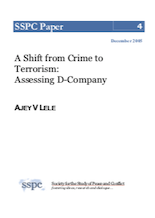
The modern era has witnessed enormous growth in transnational organized crime. Over the years such crime groups have covertly provided arms and ammunition to terrorist groups purely for business interests. However, the difference between organized crime and terrorism has blurred in the last few years. Few crime organizations have shown a tendency of involving themselves in terrorist activities for non-profit reasons.
Paxton ported to drupal by DropThemes.in